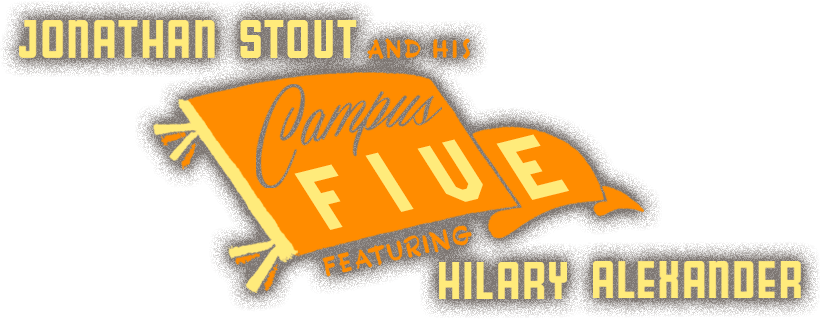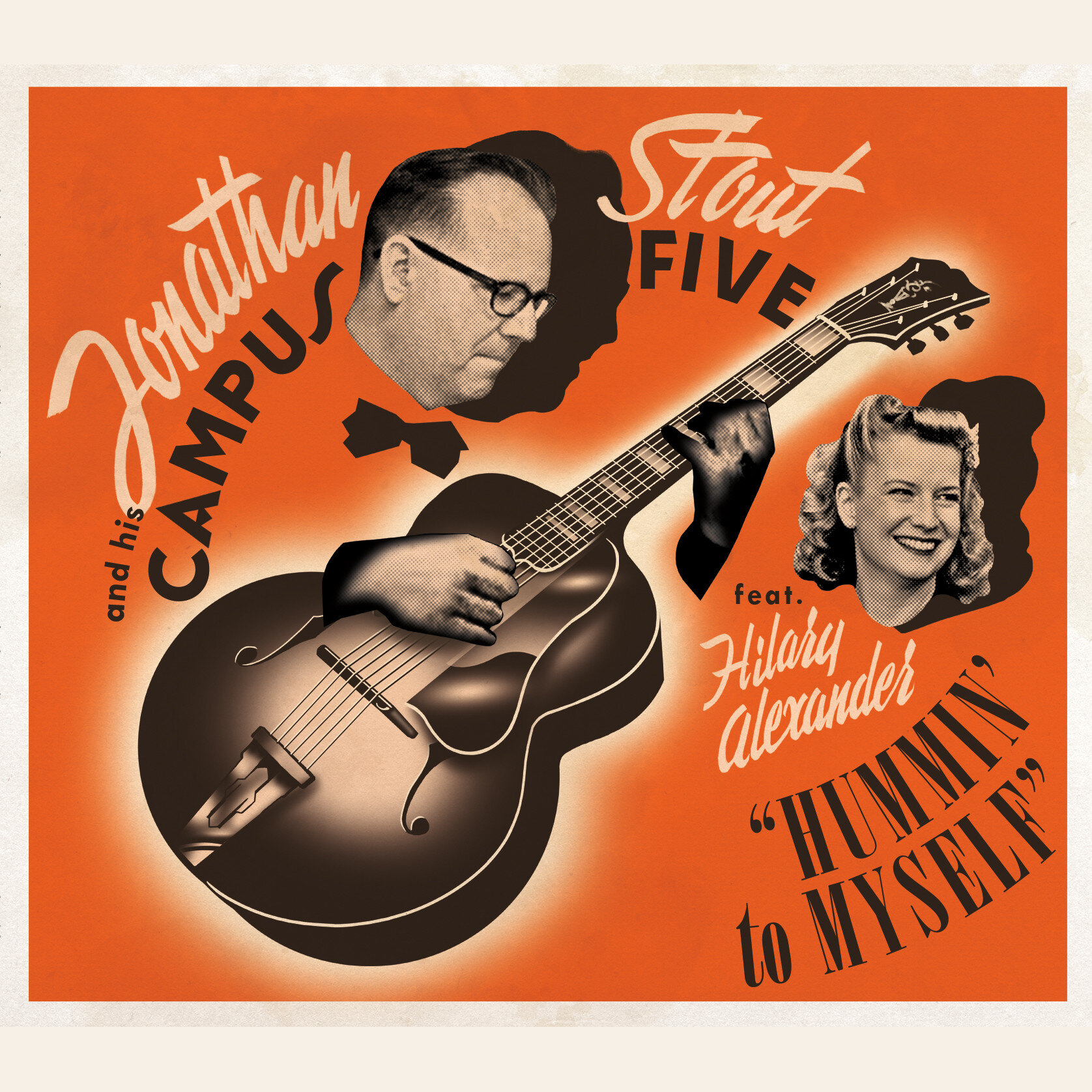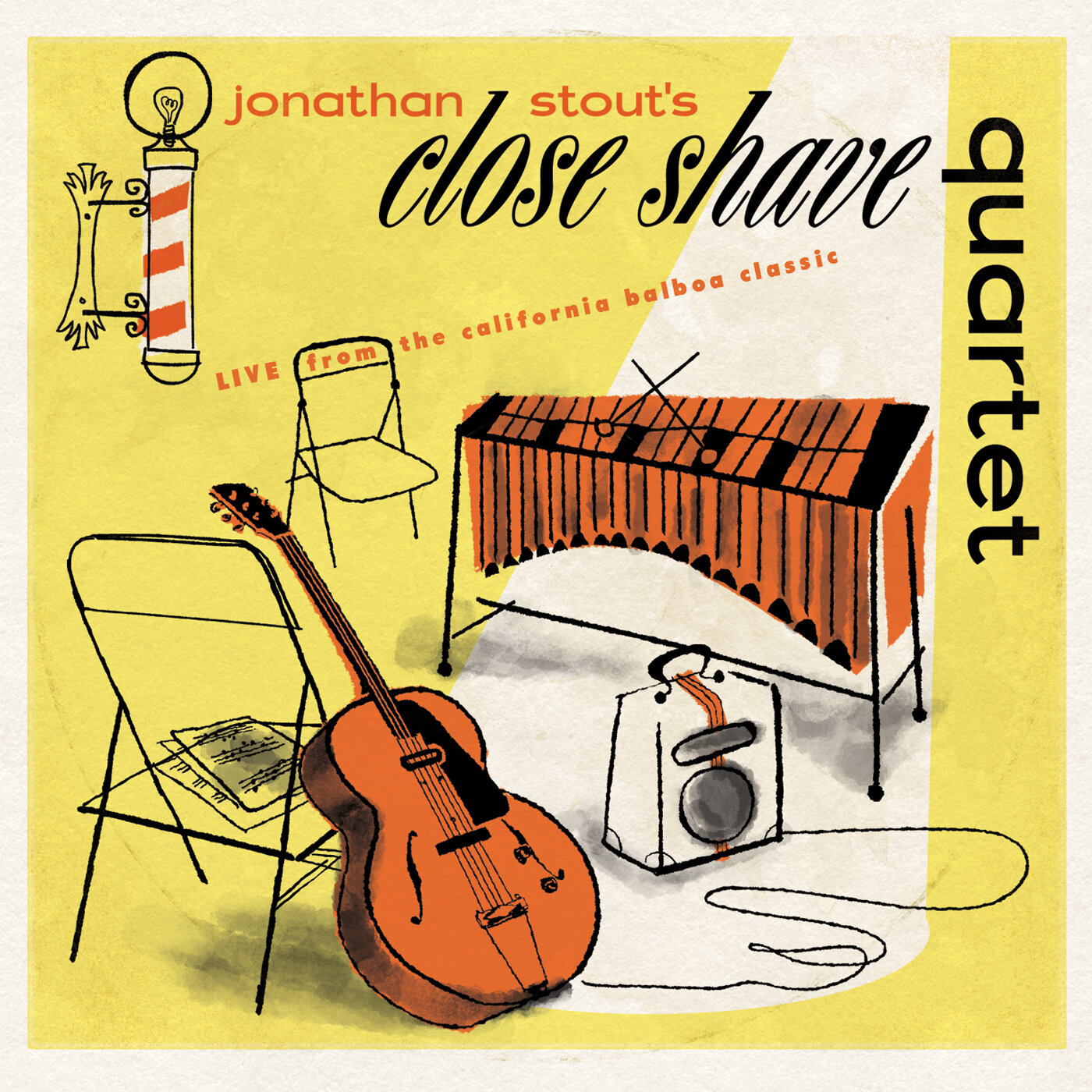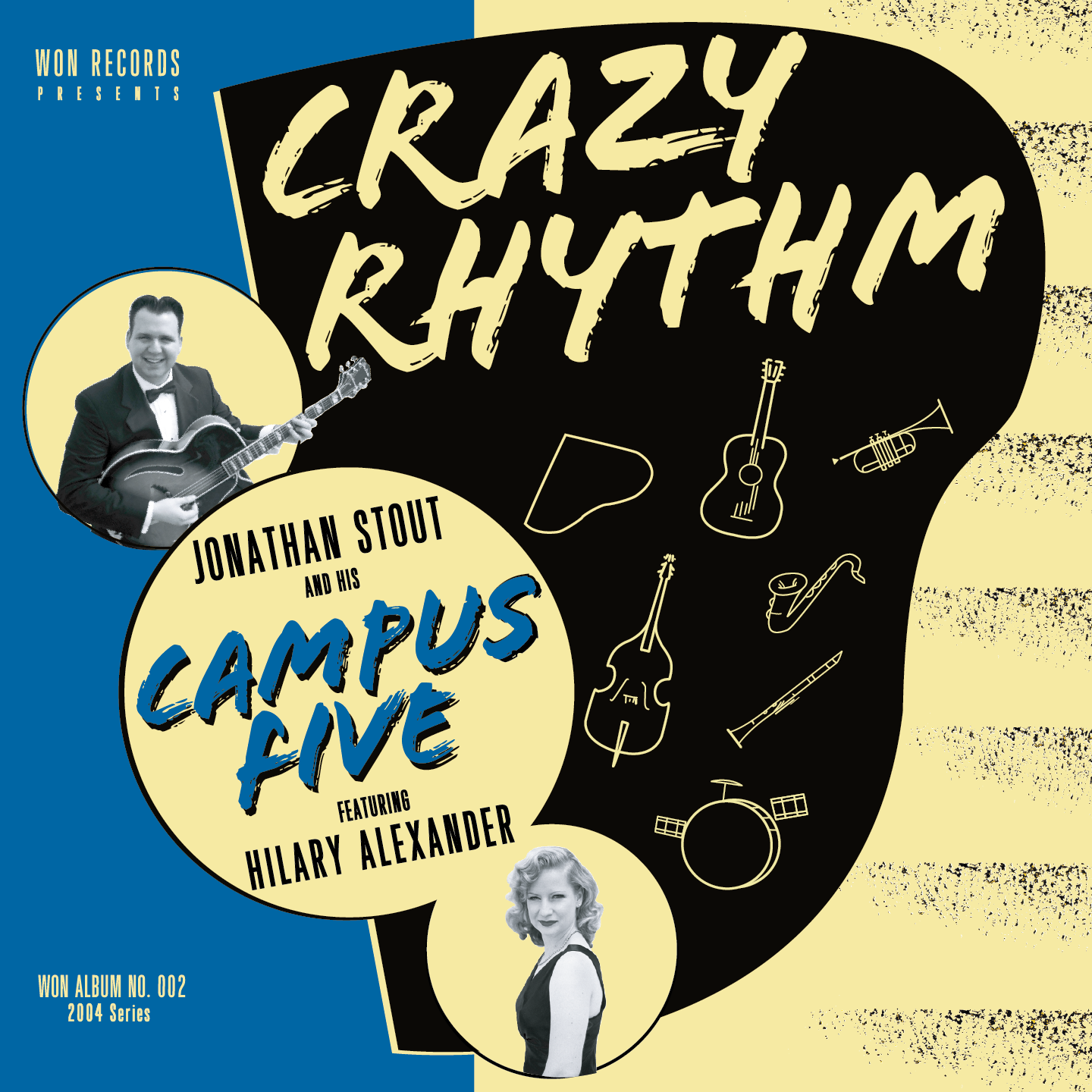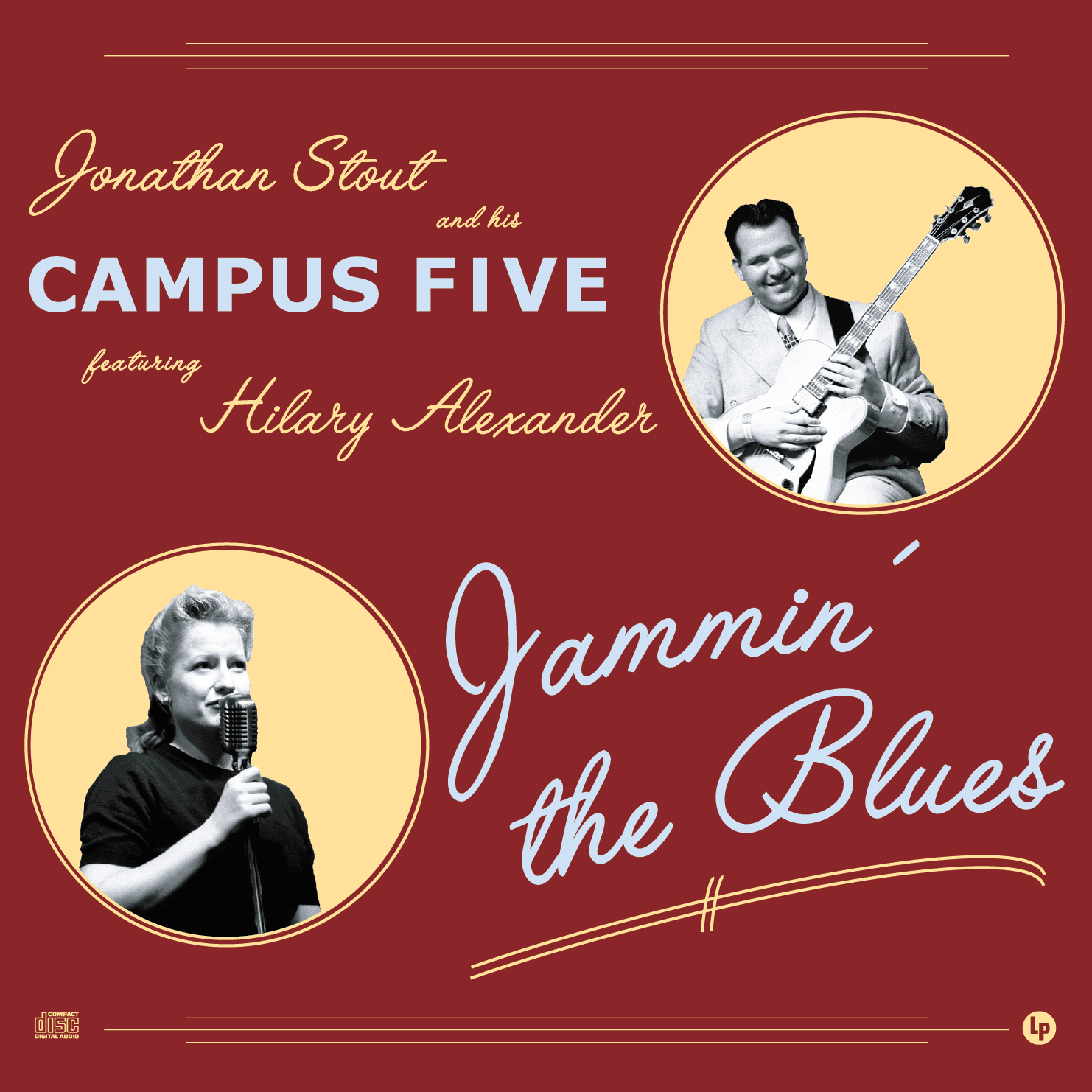Rhythm Guitar Book Review
/Here are some reviews from my perspective on the books currently available on Swing Rhythm Guitar, aka Freddie Green-style.

For now, this is the best book on the subject. Johnson does a fantastic job of organizing the book, beginning first with a short chart of basic chords and exercises with those chords. A rhythm player could easily stick with those basic chords and be a fully functional rhythm player. The rest of the book deals with inversions and voice leading. Much of it deals with drop 2 and drop 3 chords, which are related but not needed for Swing Rhythm Guitar. This is the book that I learned my chords from, and it does a wonderful job a teaching 3-note, Freddie Green-style chords.
Time-feel, however, gets short shrift. The book only spends two sparse pages on the rhythmic aspect of rhythm guitar, and when it does cover rhythm it does so in a distinctly modern way. It urges playing a “boom-chick-boom-chick” pattern, and mimicking the “chick” of high hats on beats 2 and 4. The sound samples included are of a straight-ahead rhythm section, with legato walking bass and bass drum-less, ride cymbal-based drumming. As an added touch, the electric Super 400 shown on the cover is an unintentional (I hope) harbinger of the book’s overtly post-bop point of view.
Still, until there is something better, this is easily the instructional book on the subject.

It took me a while to get my head around this “book.” Really, it’s just 3 page pamphlet with a DVD. I was pretty annoyed when I started watching because it really has little to do with Swing Rhythm Guitar, and only uses Rhythm guitar as an example to teach harmony and comping ideas. It’s laughably modern, and electric guitar is used throughout.
That being said, I think it’s very basic level approach to voice leading and theory may be helpful to some. The way Christiansen walks through how chords are built, and the way inversions lay out. This video is strictly for someone just starting out, and who may be unfamiliar with chord construction or theory.

Ranger Doug is the real deal, no question. Rather than being a “method book”, Doug simply presents a bunch of tunes and just shows you how he would play them. Several of the tunes are shown with several levels of complexity, so you can start simply, but also see how to make things more interesting. But, because there is no textual explanation of voice leading or substitutions, you can only learn by example. For some this will be sufficient, but if you are like me, you might find it helpful to have some of the reasoning explained.
On the rhythm and time-feel part of the equation, Doug is brief but right on. He talks mostly about right hand technique, and describes the feel properly. I was shocked to read the phrase “chunk-chunk-chunk-chunk” on the page, because I swear I came up with that before I got his book in 2010. He also explains a bit about how and why three note chords are used. Doug describes himself rather humbly, and that humbleness explains the brevity of the time-feel sections, as well as the lack of explanation about the harmonies and substitutions. But, at least what he does say and show is right on.
